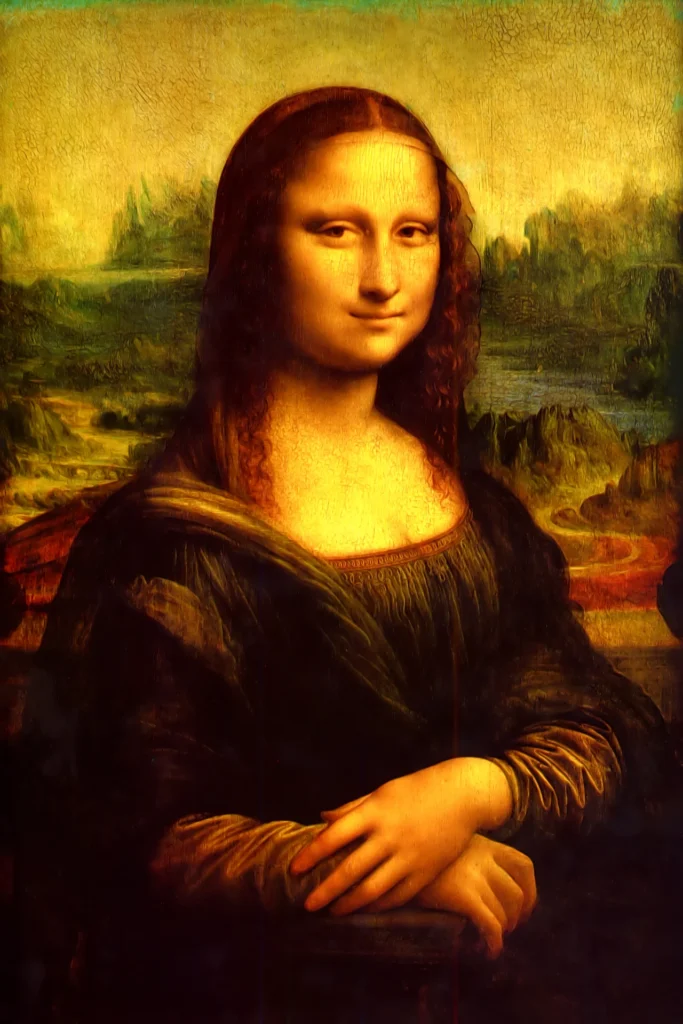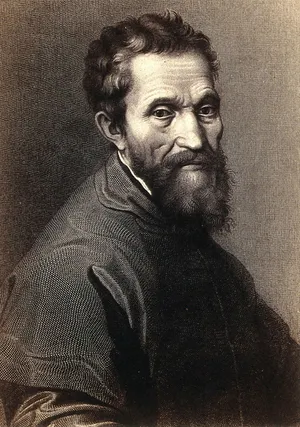
Raphael (Raffaello Sanzio, 1483–1520) was an Italian painter and architect of the High Renaissance, celebrated for his harmonious compositions, clarity of form, and the beauty of his subjects. His work exemplifies the ideals of the Renaissance, blending grace and balance with emotional depth.
Early Life
Born in Urbino, Italy, Raphael was exposed to art from a young age, as his father was a painter. After his father’s death, he apprenticed with the master painter Perugino, where he honed his skills in composition and perspective.
Major Works
- The School of Athens: Painted between 1509 and 1511 for the Vatican, this fresco represents a gathering of great philosophers, including Plato and Aristotle. It’s renowned for its architectural perspective and the way it conveys the spirit of humanism.
- The Sistine Madonna: This famous painting features the Virgin Mary holding the infant Jesus, flanked by saints. The piece is celebrated for its serene beauty and the striking figures of the cherubs at the bottom.
- The Transfiguration: Completed shortly before his death, this altarpiece showcases the biblical story of Christ’s transfiguration. It is noted for its dynamic composition and the emotional intensity of the figures.
- Portraits: Raphael was also an accomplished portraitist, capturing the likeness and personality of his subjects with remarkable skill. His portraits often convey a sense of dignity and character.
Technique and Style
Raphael’s style is characterized by clarity, symmetry, and a harmonious use of color. He mastered the use of perspective and anatomical accuracy, creating a sense of depth and realism in his figures.
Legacy
Raphael’s influence on art is profound. His work set standards for beauty and composition that would inspire generations of artists. He is often considered one of the three great masters of the High Renaissance, alongside Michelangelo and Leonardo da Vinci. His legacy continues to resonate in art and education, with his works housed in some of the world’s most prestigious museums.


